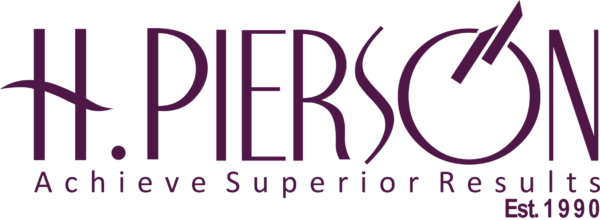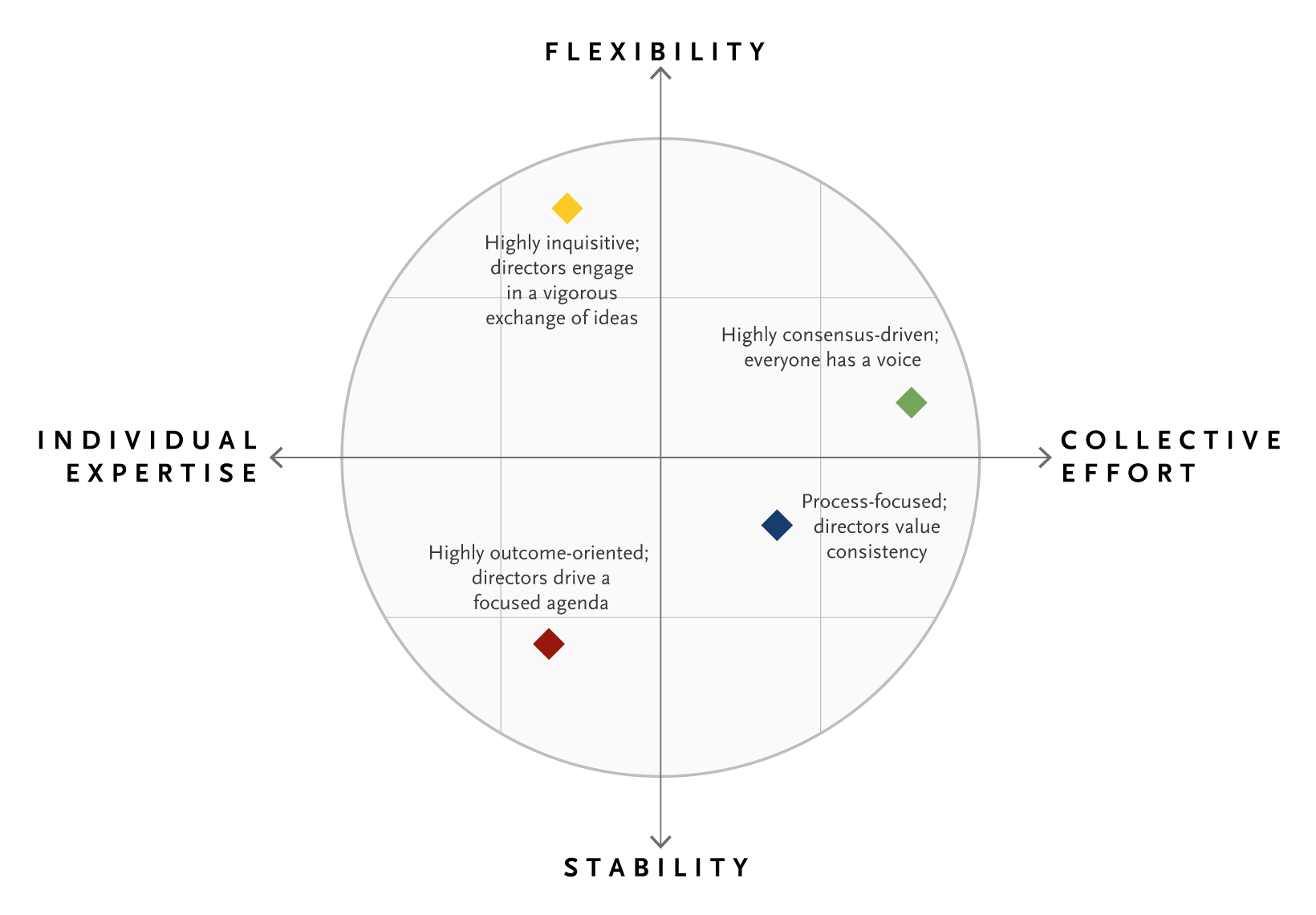Abstract- This article talks about need of Directors Training as well as it summarizes what the law requires in different jurisdictions, and at the end it distinguishes for each country whether these requirements are mandatory or voluntary. In a world of instant communication and ever changing business models, the traditional task of the Professionals in business is evolving. The mounting drift focus on:
• Increased governance requirements
• More regulations
• More emphasis on documentation
• More intervention from governments
Together with guiding corporate strategy, the board is chiefly responsible for monitoring managerial performance and achieving an adequate return for shareholders, while preventing conflicts of interest and balancing competing demands on the corporation. Now more than ever, directors need to understand their fiduciary, legal, and ethical oversight responsibilities hence the bar has been hoisted. Board of directors must focus more on economic performance, not conformance. Public confidence in corporations has reached an all-time low and the role of directors has become even more challenging and demanding.
Besides, Governance-related policy changes introduced in recent years have increased the focus on the experience and qualifications of corporate directors. Accompanying these changes is an increased expectation that companies and boards take affirmative steps to ensure directors are prepared to address emerging opportunities and challenges. The board of directors has had often the business shrewdness, but lack a deep grasp of corporate governance or the leadership skills required to reform policies, practices, and behaviours that can undermine a company’s performance.
Today’s boards of directors are facing an unprecedented level of scrutiny and pressure from regulators, investors, media, institutional investors, and other stakeholders. Besides, Directors’ training and development is fundamental element in enhancing board effectiveness and can help board members be better prepared to tackle misgiving. An effective board education program offers ongoing educational opportunities that help board members continuously cultivate skills that heighten the overall effectiveness and performance of the board.
Boards today can be a competitive advantage for companies. They can provide an outside view, overcome blind spots in strategy, raise awareness of external risks, connect with governments, society and other stakeholders, give credibility and build trust in ways that executive teams cannot. But most board education programs today add little value and instead either focus on the regulatory environment or copy existing managerial education for senior executives. But boards need more than this to become effective. For example, the board’s strategic role is different from the strategic role of executives. It ranges from supervision to co-creation of supporting the executives
The Board of directors not only monitor the company’s innovation performance, they actively contribute to it. Board diversity is key in this regard as board members from other industries are faster to foresee sudden industry shifts or disruptive moves. Employee representatives can also be an excellent source of innovative thinking. Board education is failing to address many other important questions, such as which structures enable boards to add real value, as opposed to mere regulatory compliance. And, most importantly, what makes an individual a good board member.
Besides, Board development and training is important because today’s chief executive officers (CEOs) are overstretched and confronted with an incredible rise in complexity of society, governments, alternative business models, global changes, new risks and opportunities and shifts in economic conditions. Even the best executives cannot be expected to respond consistently to all these challenges.
As organizations strive to compete in the global economy, differentiation on the basis of the skills, knowledge, and motivation of their workforce takes on increasing importance. According to a recent industry report by the American Society for Training and Development alone spend more than $126 billion annually on training and development. Undoubtedly, Education is important, but people learn from their practical experiences much better as compared to bookish knowledge. Now a days training and development has been the most important factor in the business world because it increases the efficiency and the effectiveness of both directors and the organization.
OCED in 2004 avowed that in order to improve board practices and the performance of its members, an increasing number of jurisdictions are now encouraging companies to engage in board training and voluntary self-evaluation that meets the needs of the individual company. (Principle VI.E.3)
a)Orientation of Director on Board
The move from being a manager to a directorship or from director to chairman is more than a change in responsibilities; it is a major change in behaviour and identity. Most of directors will have been becoming more experts in a narrower field, or focusing only on the interests of a single department. Suddenly, a need to have equal responsibility for all departments scanning the external environment for opportunities and developments and joining a new, elite, group at the top. Their need and requirement is different from the seasoned and full time director working with other board of similar or different product line.
Numerous companies are faced with the need to make a step change in the way they operate, perhaps when the business has grown from small, informal beginnings to a point where a more structured organization is appropriate. Effective company directors understand that directing the organization is much more than managing it.
They aim to maximize their contribution to the work of the board and ensure that they achieve high performance in all aspects of their role as company director. The difficulty is for the newly-appointed company directors manage their transition to the board effectively, by explaining both the theory and the practice of corporate governance and by building on
their existing competencies.
b) Why is it Important to Welcome and Train new Board Members?
A proper welcome and training will help new members:
• Take on their roles in the organization both quickly
and comfortably;
• Feel more connected to one another;
• Feel more connected to the organization;
• Better understand their role on the Board;
• Operate from the same “script” that is, to
understand the vision, mission, and their roles in the
organization;
• Feel more motivated to do a better job.
i. Ideal Training Objectives
The training objectives of the new director(s)
must be:
• A knowledge of the law relating to company
directors’ liabilities;
• A better appreciation of how to apply the principles
of corporate governance to building an effective
organization;
An insight into how to balance the different aspects of the company director role – governance, entrepreneurship and management;
• A clear understanding of the leadership and organizational issues involved in stakeholder management and performance delivery;
• A sharper focus on their own competencies and how they can be further enhanced in order to maximize the effectiveness of their dealings with the rest of the board as well as with the organization as a whole.
Source: globaljournals.org














